5 Things to Do in Little Tokyo, California
Never been before? We’ll be your trustee Little Tokyo guide with a day’s worth of fun things to do in Little Tokyo.
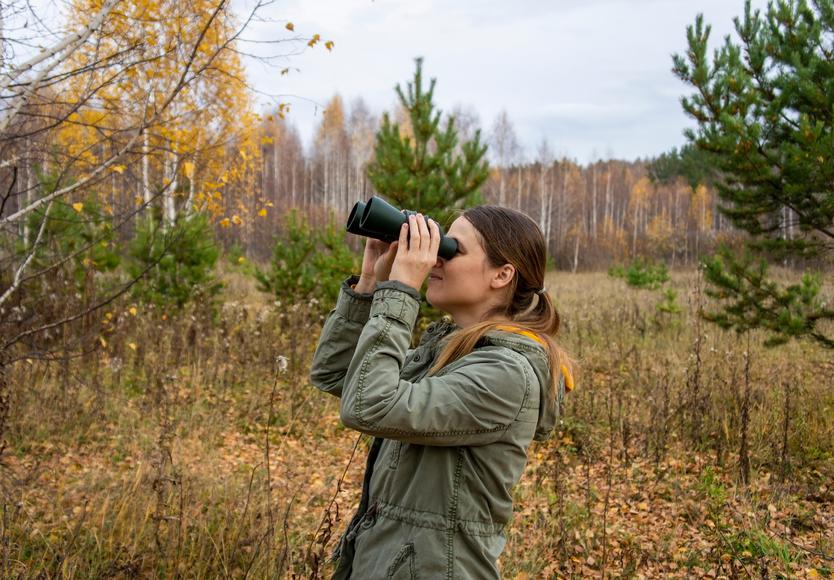
Disclaimer: California.com is not receiving any type of compensation for reviewing any of the products or businesses mentioned in this article.
Bird lovers can never have a boring day in California. Over 660 bird species have been recorded in the state; an unprecedented number in the nation. In fact, San Diego County alone has had sightings of over 530 species of birds. The avian abundance shouldn’t come as a surprise, considering the Golden State is pretty big, with a large variety of climates and landscapes. California also boasts a statewide network of marine conservation areas, which also invites the feathered friends to drop by for a while.
No matter where you are in California, you’ll always be just a short drive away from one of the state’s many biodiverse wonderlands. Whether you’re having a road trip across the California coastline, visiting the state’s national forests, or planning a desert getaway, you’re guaranteed easy bird sightings all around. Bring out your binoculars and head to the nearest birdwatching hotspot for interesting sightings, and continue from there.

California’s northernmost coast boasts some gorgeous vistas and has a couple of Audubon-designated Important Bird Areas. Point St. George Reef would easily be the crown jewel of those areas. At only 14 acres, the remote spot might not look like much from afar, but once you approach it by boat, you’ll notice thousands of seabirds resting on its rocks — the island has one of the largest breeding populations of common murres. If you’re still not done birdwatching after visiting Point St. George Reef, not too far away you can find Lake Earl. The lake is yet another awesome birdwatching area, and reaching it doesn’t take much effort. Here you’ll see pelicans, gulls, and sandpipers feeding along the lake’s edge, and if you look high enough you might catch a glimpse of a bald eagle hunting for prey.

Does your business rank among the best in California?
nominate a businessLearn more about our selection criteria and vetting process.
If you’re searching for a spot where you can calmly view the birds of Northern California without having to run into many people, Ahjumawi Lava Spring State Park is the place to be. The word “Ahjumawi” translates to “where the waters meet” as a tribute to the indigenous Achomawi Native American community. If the waters are meeting at a certain point, the least you can expect is spotting a few dozen birds. The can’t-miss California state park is only accessible through shallow boats, but the trip is worth the effort. Kayak toward the park and have a birdwatching experience unlike any other. Ospreys, blue eagles, and great blue herons nest or travel through the park, and watching them is an activity you don’t want to miss.
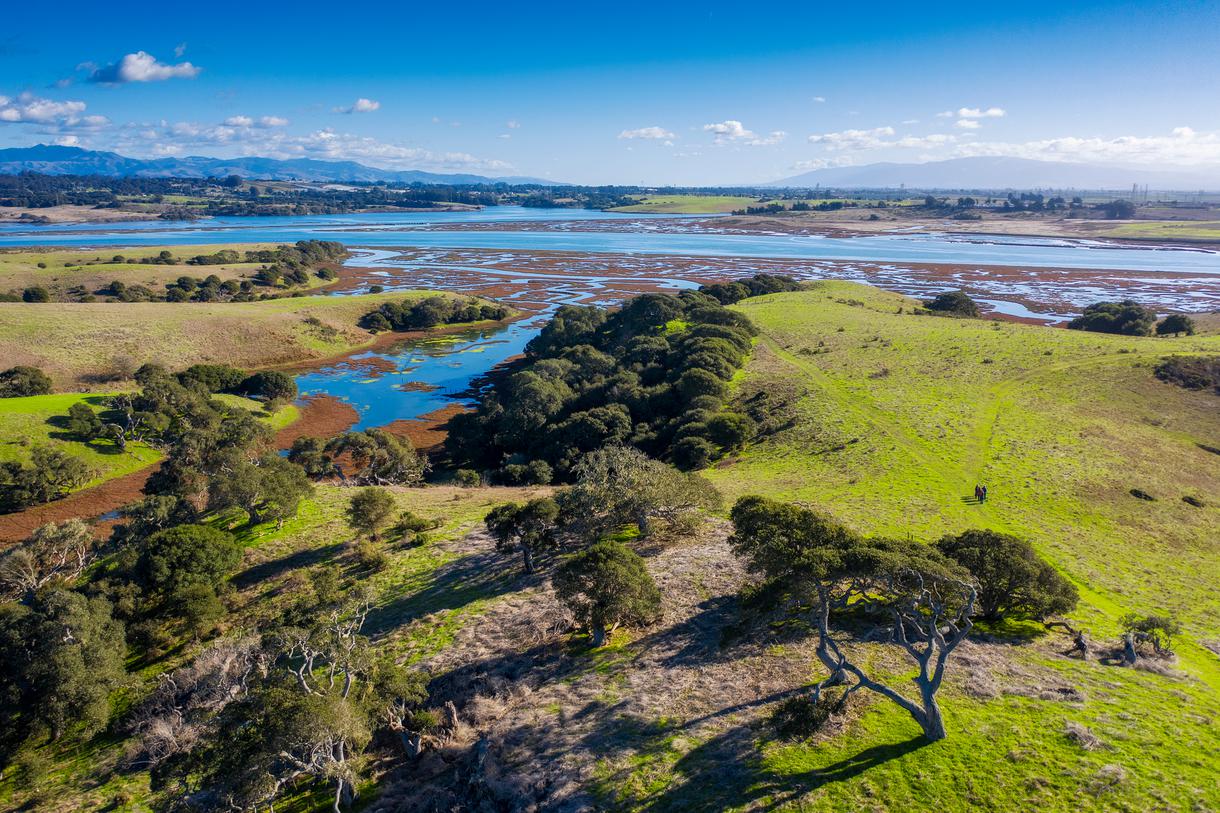
Monterey Bay is a wildlife hotspot, where otters, dolphins, and sea lions make appearances on a regular basis. What most people don’t know is that the area is a bird lover's paradise too. There’s no better place to get up close and personal with the birds than at Elkhorn Slough State Marine Reserve. Up to 250 species of birds have been spotted in this beautiful NorCal reserve over the years, and the number is constantly on a rise. Terns, yellow-billed loons, tufted ducks, and white-faced ibises can all be spotted here at different times of the year, and we tell you, the bird traffic never slows down here.
Point Lobos is considered to be one of the most beautiful natural attractions in Carmel-by-the-Sea and the jewel of California’s State Park System. Out of the park’s many hiking trails, one, in particular, leads you to a fascinating spot, Bird Island Trail. Near the end of the 0.8-mile, out-and-back trail you’ll find Pelican Point, from where you can have clear views of Bird Island. The rocky island is especially busy with California birds during the spring and summer months. Bring your binoculars and watch as western gulls, brown pelicans, black oystercatchers, and black0crowned night herons go about their day.
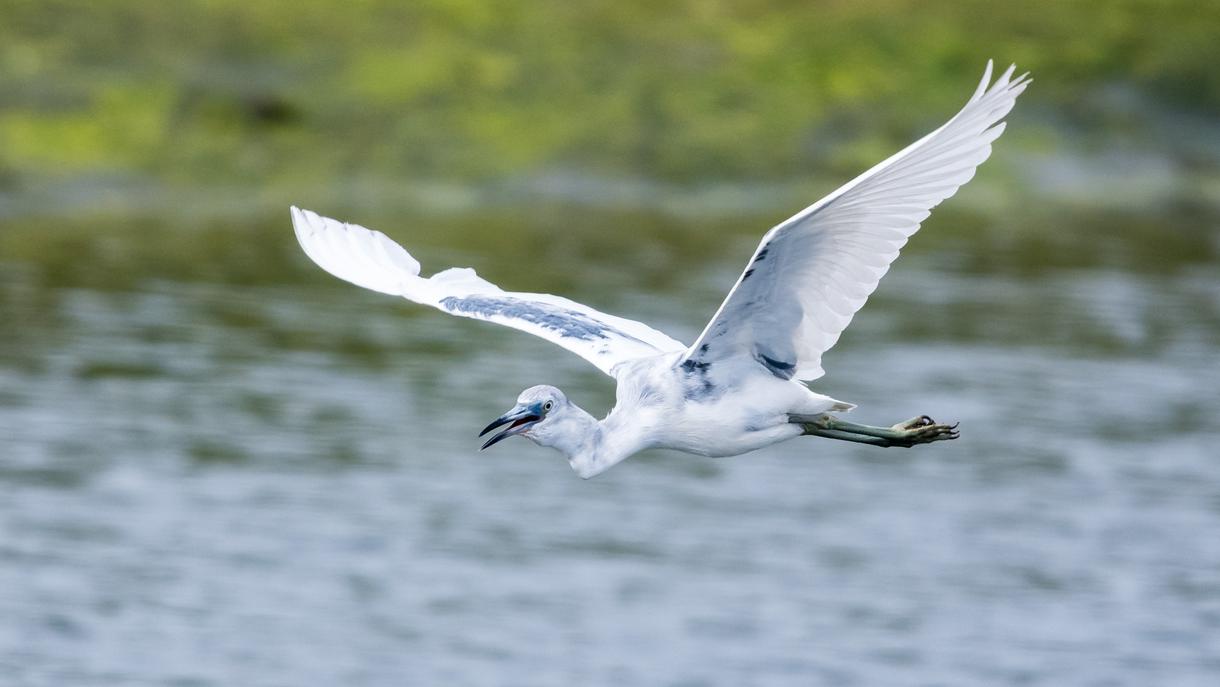
Take out your San Diego bird checklist, because you’re about to check a few too many birds off it. Out of all the places where you can view the birds of California, the Tijuana River National Estuarine Research Reserve stands out as a place where you can find at least a couple of endangered birds, including the Belding’s Savannah sparrow. Over 370 species of birds have been documented at this 2,500-acre coastal wetland, 320 of which are migratory. In addition to the rare Belding’s Savannah sparrow, you can expect to see American peregrine falcon, plovers, jaegers, blue herons, and short-eared owls at this beautiful research reserve.
An hour northeast of Palm Springs and nestled among the Little San Bernardino Mountains is a breathtaking desert oasis, known as Big Morongo Canyon Preserve. The Southern California wetland surrounds Big Morongo Creek, which is an immediate attraction to more than 250 bird species. At this 31-000-acre wildlife preserve, you can find song sparrows, house finches, and hummingbirds flying around. Whether you’re a novice or an expert birdwatcher, it’s time to dust off your binoculars and head to the best birdwatching excursion you’ll ever be on.
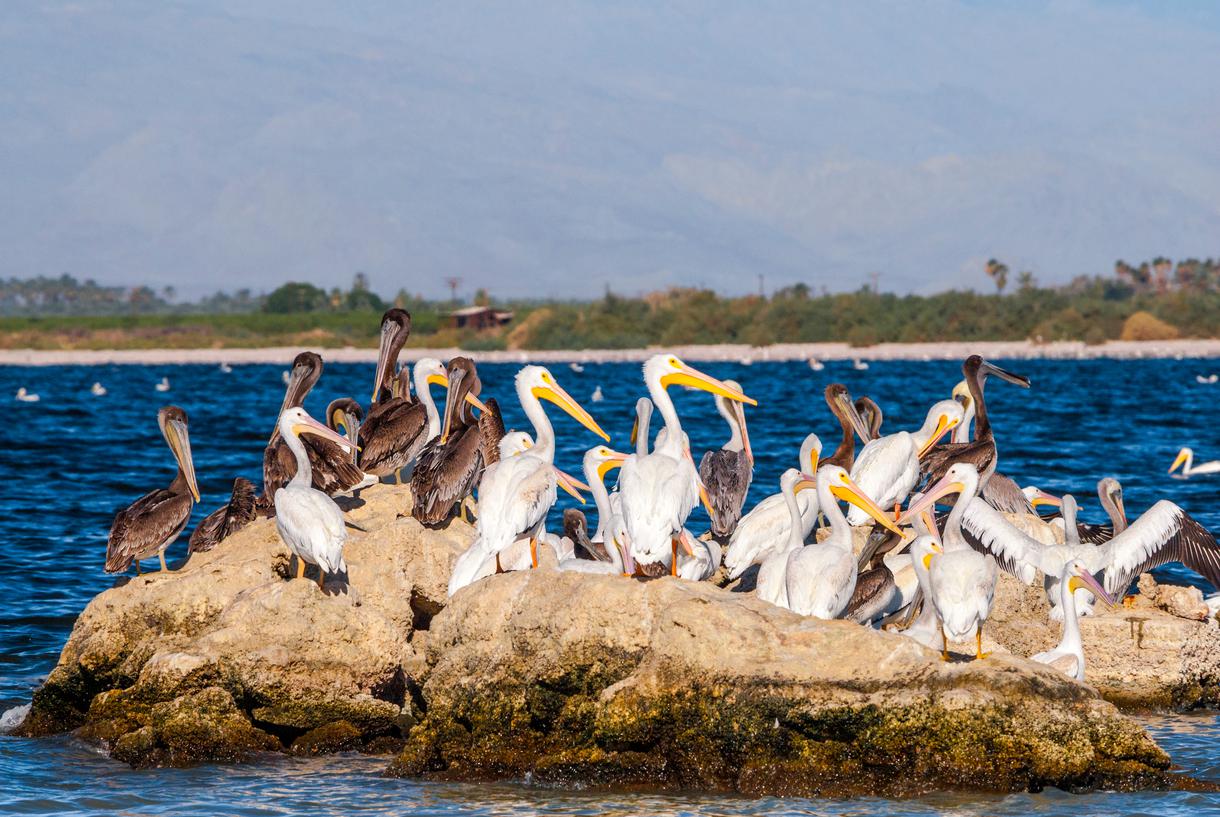
Southern California birds are abundant around the Salton Sea in Calipatria. The unique Saline “sea” is not really a sea, but a lake nestled in Southern California’s Imperial Valley. It was formed during the early 1900s when some dams on the Colorado River burst, creating this natural beauty. Hundreds of avian species pass over the lake throughout the year. During the late winter months, you’ll see millions of grebes and hundreds of thousands of American avocets in the area. Meanwhile, the summer months would be all about white pelicans, gull-billed terns, and burrowing owls.
Care to see seabirds whizzing freely past you as you stand in the midst of SoCal’s beautiful nature? Then you should start planning your trip to Anacapa Island State Marine Reserve ASAP. The reserve is located in the Channel Islands, between mainland Santa Barbara and the islands of Anacapa, Santa Cruz, Santa Rosa, and San Miguel. Thanks to the island’s diverse wildlife, many birds in California find their way to the reserve. Thousands of brown pelicans, western gulls, island scrub-jays, and San Miguel Island song sparrows nestle up here, due to the relatively small number of predators. Island Packers’ boats visit the island three times a day, so it’s best if you reserve your spot ahead of time.
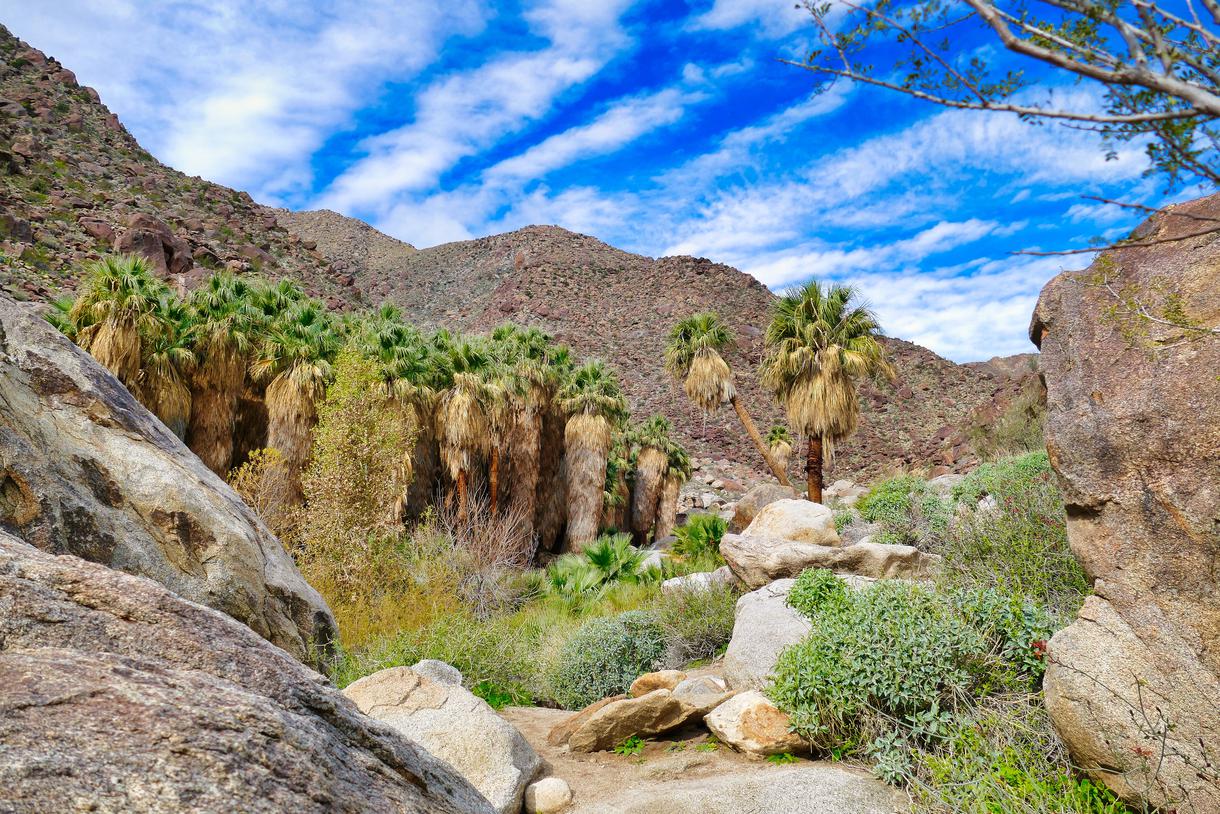
Did you know that the fossil of the largest bird in the Northern Hemisphere was found in the Anza-Borrego Desert State Park? That might be a piece of history, but even today birds of all shapes and sizes call the 600,000-acre desert park home. In fact, over 300 species of California birds have been documented at Anza Borrego throughout the years. If you want to see Western bluebirds, California quails, verdins, and cactus wrens, among many other species of birds, visit the state park real quick, and enjoy all that the desert has to offer from wildlife.


Never been before? We’ll be your trustee Little Tokyo guide with a day’s worth of fun things to do in Little Tokyo.

If you're looking for something fun to do, there are plenty of fun and free things to do in San Francisco, use our guide to help make plans.
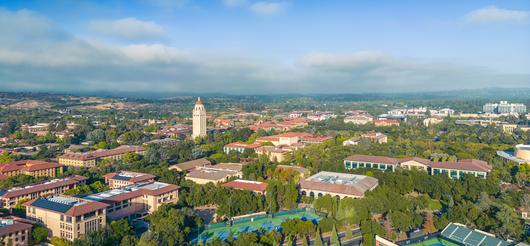
Feel the knowledge flood from its elegant red-tile roofs as you wander the town’s beautiful college campus in search of hidden finds.
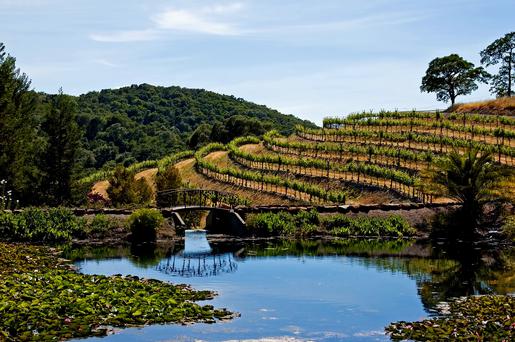
Enjoy the perfect California spring weather at these ideal spots for a spring vacation in California.

